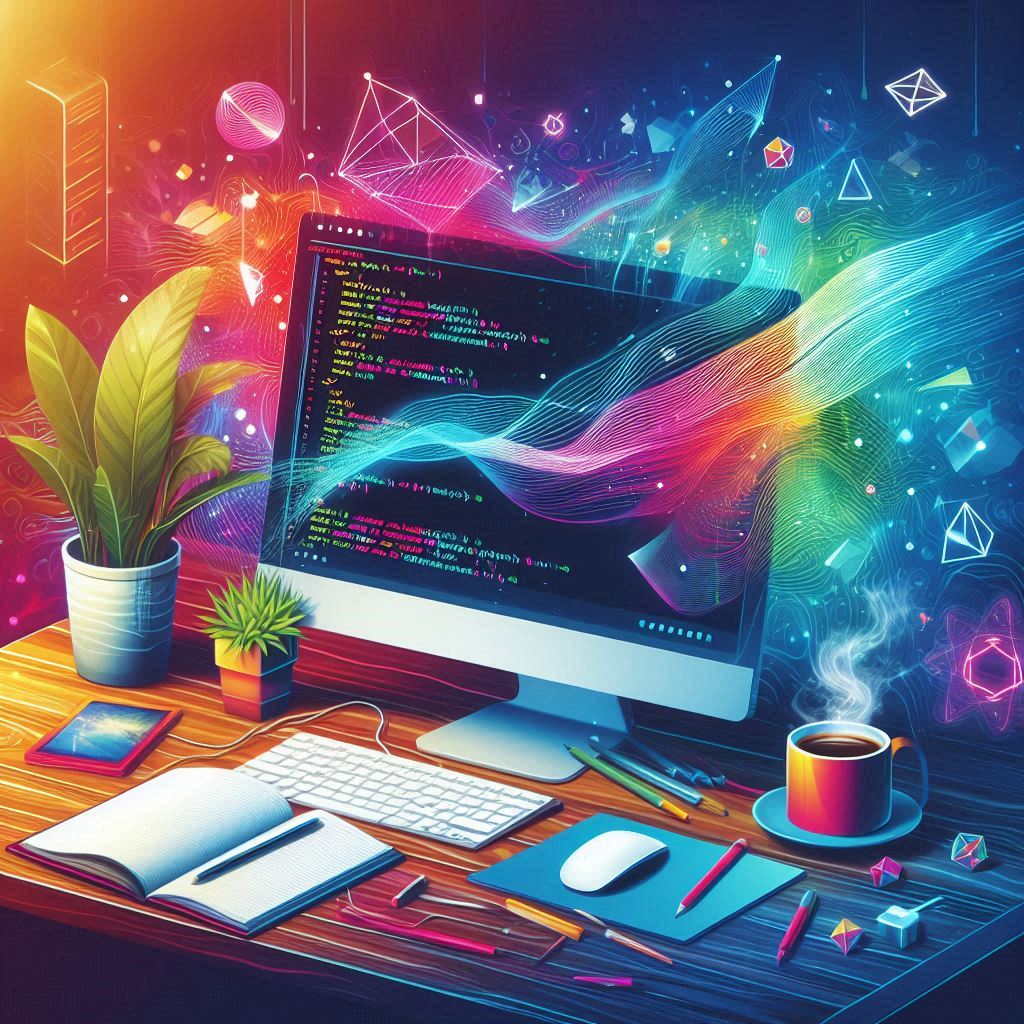Are you intrigued by web development and eager to delve into the world of modern frameworks? If so, you've likely come across React.js, a powerful library for building user interfaces. Whether you're a seasoned developer or just starting out, React.js offers a robust set of tools and concepts that can streamline your development process and enhance the user experience of your applications.
What is React.js?
React.js, commonly referred to as React, is an open-source JavaScript library maintained by Facebook. It is designed for building user interfaces, particularly for single-page applications where UI updates are frequent and dynamic. React allows developers to create reusable UI components, which can then be composed together to build complex interfaces.
Why Choose React.js?
There are several reasons why React.js has become immensely popular among developers:
-
Component-Based Architecture: React follows a component-based architecture, where UIs are broken down into small, reusable components. This modular approach makes it easier to manage and maintain large-scale applications.
-
Virtual DOM: React utilizes a virtual DOM (Document Object Model) to efficiently update the UI. Instead of directly manipulating the DOM, React creates a virtual representation of it in memory and only updates the necessary parts when changes occur. This leads to improved performance and a smoother user experience.
-
Declarative Syntax: React's declarative syntax allows developers to describe how the UI should look based on its current state. This makes the code more predictable and easier to understand, compared to imperative approaches where developers have to manually manage updates to the DOM.
-
JSX: React introduces JSX, a syntax extension that allows you to write HTML-like code directly within JavaScript. This makes it easier to create and visualize UI components, as JSX provides a more intuitive way to define the structure of your UI.
-
Large Ecosystem: React has a vast ecosystem of libraries, tools, and community-driven resources that make development faster and more efficient. From state management libraries like Redux to routing solutions like React Router, there's a solution for almost every problem you may encounter.
Getting Started with React.js
If you're ready to dive into React.js, here are a few steps to get you started:
-
Set Up Your Development Environment: Start by installing Node.js and npm (Node Package Manager) if you haven't already. You can then use npm to install create-react-app, a tool that sets up a new React project with all the necessary dependencies and configuration.
-
Create a New React Project: Once you have create-react-app installed, use it to create a new React project by running the command
npx create-react-app my-app. This will create a new directory calledmy-appwith a basic React project structure. -
Explore the Project Structure: Take some time to familiarize yourself with the project structure created by create-react-app. You'll find files like
App.js,index.js, andindex.html, which serve as the entry points for your application. -
Start Coding: Open up
App.jsand start coding! You can create new components, define their behavior, and compose them together to build your application's UI. Don't forget to use JSX to define your UI elements in a more intuitive way. -
Run Your Application: Once you've written some code, you can run your React application by navigating to the project directory and running the command
npm start. This will start a development server and open your application in a web browser, allowing you to see your changes in real-time.
Conclusion
React.js is a powerful library for building dynamic and interactive user interfaces. Its component-based architecture, virtual DOM, and declarative syntax make it a favorite among developers for building modern web applications. Whether you're just starting out or looking to level up your skills, React.js is definitely worth exploring further. So why not give it a try and see what you can create? Happy coding!
